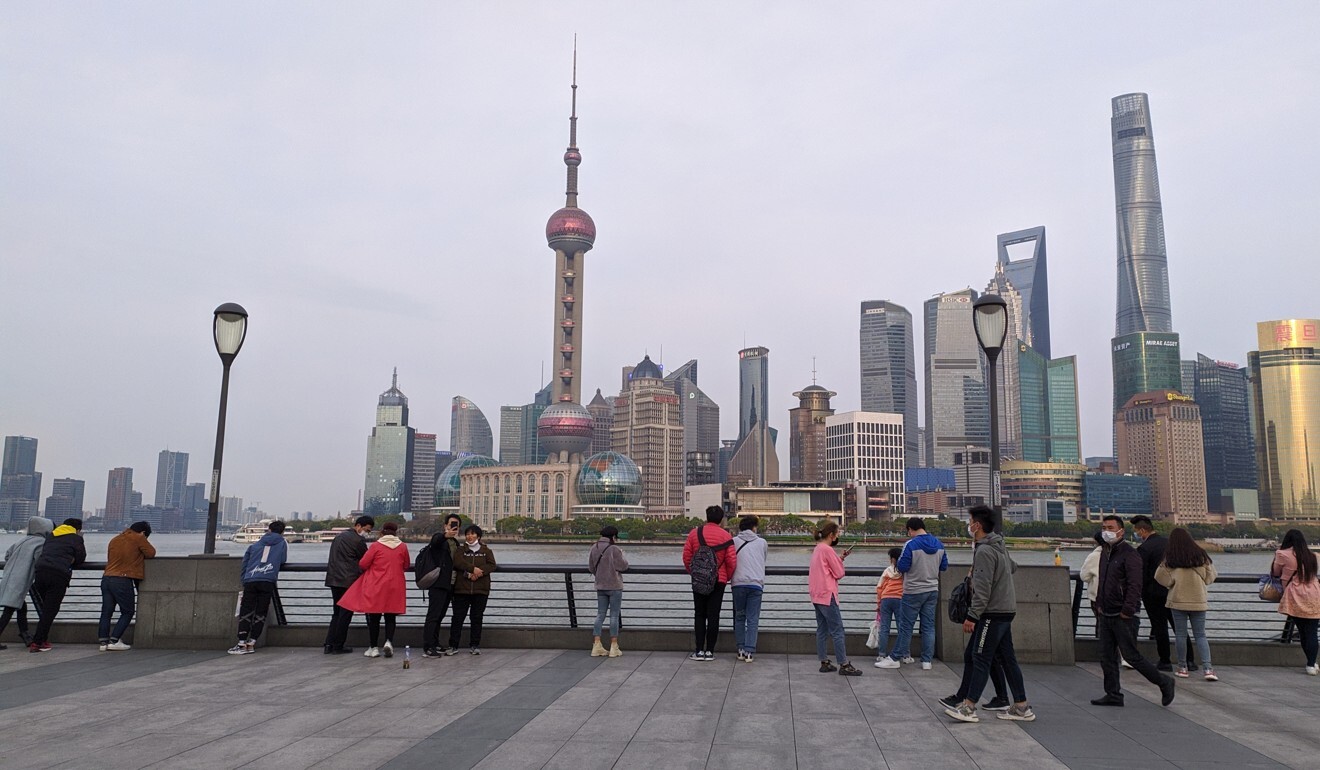
By painting its contest with China as a ‘good versus evil’ struggle, the US misses the mark
- A recently released study revealing that Chinese citizens’ satisfaction with their government has increased since 2003 sits awkwardly against the US picture of China as a tyrannical state
For many, life feels easier if it is painted in black and white. Choices are easier if they are simply between good and evil. A world of shades of grey is messier, less convenient and tougher to navigate.
In this vein, US Secretary of State Mike Pompeo last week spoke of the “new tyranny” in China and called for a new alliance of democracies that must choose sides between freedom and tyranny: “If the free world doesn’t change Communist China, Communist China will change us.”
As Pompeo called the free world to arms to fight this “mission of our time” against a ruthless, hegemonic China, I am reminded that this simple “good versus evil” conviction at the heart of the current US administration runs deep and has a long history.
Its roots can be traced back to the Iranian prophet Mani, who around 1,900 years ago developed his Manichaean belief system of a world in constant struggle between the good spiritual world of light and an evil material world of darkness.
This narrative is doubtless seductive in many parts of fundamentalist America, but it sits uncomfortably with the real world. And it conveniently ignores any information or insights that point to a world of many shades of grey.
The Ash Centre team addresses this conundrum directly: “Regime theory has long argued that authoritarian systems are inherently unstable because of their dependence on coercion, over-centralisation of decision-making, and the privileging of personal over institutional power.
“Over time these inefficiencies tend to weaken the legitimacy of the ruling government, leading to generalised unrest and citizen dissatisfaction.”
Recognising that the deeply authoritarian President Xi Jinping “appears determined to test the theory”, the team finds that the Communist Party “appears to be as strong as ever”.

In eight surveys across China since 2003, each of more than 31,000 people, the Ash Centre team find that overall satisfaction with Chinese leaders has consistently risen. Satisfaction in the central government has gone from 86.1 per cent in 2003 to 93.1 per cent in 2016.
To test these contradictions, the Ash team specifically investigated public views on delivery of public services, on corruption and on the environment – key areas where hints of public discontent ought to be clearly visible.
As the local provision of education, health and welfare services has slowly improved since 2003, the report finds that “the majority believe that things are moving in a positive direction, and credit the government for improvements in their material well-being”.
From Hong Kong to UK, governments ranked poorly for response to Covid-19
In 2011, just 35.5 per cent of respondents approved of government efforts to tackle corruption, but approval had risen to 71.5 per cent by 2016. The proportion of citizens who view officials as “clean” rose from 35.4 per cent in 2011 to 65.3 per cent in 2016.

01:06
Xi Jinping’s trusted aide to head China’s new anti-corruption ‘super agency’
The report concludes: “There is little evidence to support the idea that [the Communist Party] is losing legitimacy in the eyes of its people … By 2016, the Chinese government was more popular than at any point during the previous two decades”, and, “As such, there was no real sign of burgeoning discontent among China’s main demographic groups, casting doubt on the idea that the country was facing a crisis of political legitimacy.”
China can show the world what a green economic revival looks like
The message of this study to Pompeo, US Vice-President Mike Pence and other senior leaders in the current US administration is clear: whatever you believe about a titanic battle between the forces of good and evil, and of China as the heart of darkness, China’s 1.3 billion people appear moderately happy with their lot, and strongly supportive of their government, at all levels.

I recall the response two years ago of Martin Wolf in the Financial Times to this Manichaean missionary impulse: first, remember always that China is not ours to make or remake; second, come to terms with the fact that China’s political organisation is different; third, in seeking change, focus on precise and measurable initiatives for change; recognise that China may be a rival, but is at the same time a partner; build on our alliances to create a consensus on how to respond to China’s challenge; and above all else, have faith in our own values.
In short, the world is a complex mix of multiple shades of grey. Painting it as black and white is mentally lazy. It is also crudely inaccurate and unhelpful.
David Dodwell researches and writes about global, regional and Hong Kong challenges from a Hong Kong point of view

